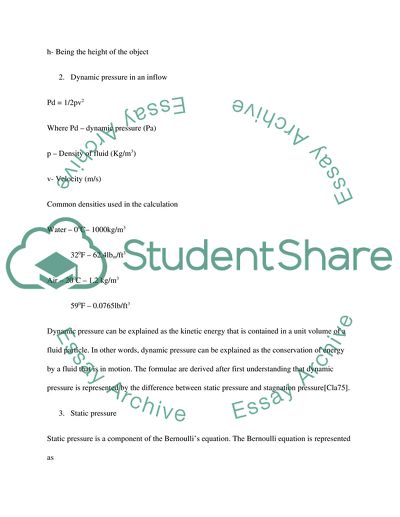Cite this document
(“Aircraft Electrical and Mechanical Systems Case Study”, n.d.)
Retrieved de https://studentshare.org/formal-science-physical-science/1619122-aircraft-electrical-and-mechanical-systems-case-study-aircarft-electrical-systems-aircraft-pitot-systems
Retrieved de https://studentshare.org/formal-science-physical-science/1619122-aircraft-electrical-and-mechanical-systems-case-study-aircarft-electrical-systems-aircraft-pitot-systems
(Aircraft Electrical and Mechanical Systems Case Study)
https://studentshare.org/formal-science-physical-science/1619122-aircraft-electrical-and-mechanical-systems-case-study-aircarft-electrical-systems-aircraft-pitot-systems.
https://studentshare.org/formal-science-physical-science/1619122-aircraft-electrical-and-mechanical-systems-case-study-aircarft-electrical-systems-aircraft-pitot-systems.
“Aircraft Electrical and Mechanical Systems Case Study”, n.d. https://studentshare.org/formal-science-physical-science/1619122-aircraft-electrical-and-mechanical-systems-case-study-aircarft-electrical-systems-aircraft-pitot-systems.


